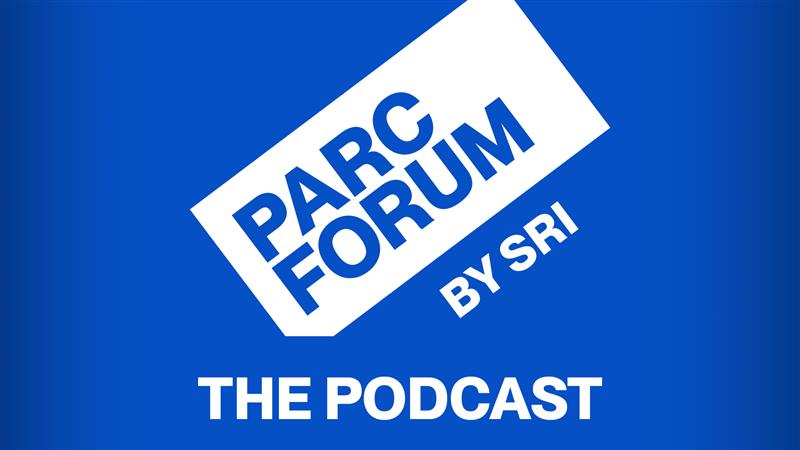Citation
Yang, M., Zheng, J., & Katholº, A. A Semi-Supervised Learning Approach for Morpheme Segmentation for An.
Abstract
We present a semi-supervised learning approach which utilizes a heuristic model for learning morpheme segmentation for Arabic dialects. We evaluate our approach by applying morpheme segmentation to the training data of a statistical machine translation (SMT) system. Experiments show that our approach is less sensitive to the availability of annotated stems than a previous rule-based approach and learns 12% more segmentations on our Iraqi Arabic data. When applied in an SMT system, our approach yields a 8 pct. relative reduction in the training vocabulary size and a 0.8 pct. relative reduction in the out-of-vocabulary (OOV) rate on the test set, again as compared to the rule-based approach. Finally, our approach also results in a modest increase in BLEU scores.


